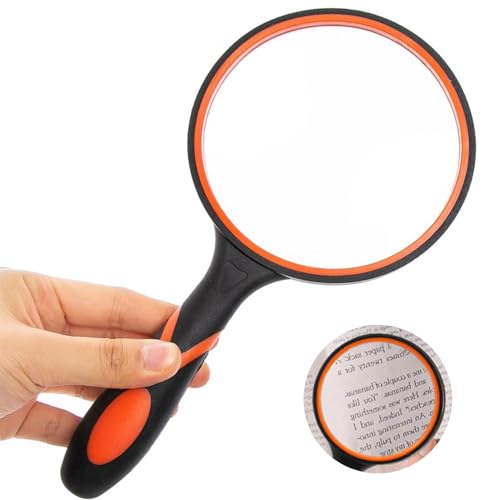What is a magnifying glass and how does it work?
A magnifying glass is a convex lens that is used to magnify small objects, making them appear larger than they actually are. The lens is usually made of glass or plastic and has a curved surface that bends the light passing through it, which in turn makes the object appear larger and clearer when viewed through the lens.
Why is a magnifying glass useful for finding fingerprints?
A magnifying glass is useful for finding fingerprints because it allows you to see the details of the print more clearly. Fingerprints are unique patterns made up of ridges, loops, and whorls, and a magnifying glass can help you see these patterns more clearly than the naked eye.
How do you use a magnifying glass to find fingerprints?
To use a magnifying glass to find fingerprints, you first need to locate the print. This can be done by shining a light at an angle across the surface where the print may be present, which will cause the ridges and valleys of the print to cast shadows and become more visible. Once you have located the print, you can use a magnifying glass to examine it more closely and determine its details.
What are the limitations of using a magnifying glass to find fingerprints?
While a magnifying glass can be helpful in finding and examining fingerprints, there are limitations to this method. Magnifying glasses have a limited magnification power that may not be sufficient to see the smallest details of a print, and they can also distort the view if not held at the right distance from the print. In addition, magnifying glasses require good lighting conditions and a steady hand to avoid shaking and blurring the image.
What are some other methods for finding and analyzing fingerprints?
There are several other methods for finding and analyzing fingerprints, including using powders or chemicals to bring out the print, taking photographs of the print for detailed analysis, and using computer software to enhance and compare prints. Crime scene investigators and forensic scientists may also use specialized tools such as alternate light sources or electrostatic dust print lifters to locate and lift prints from various surfaces.






